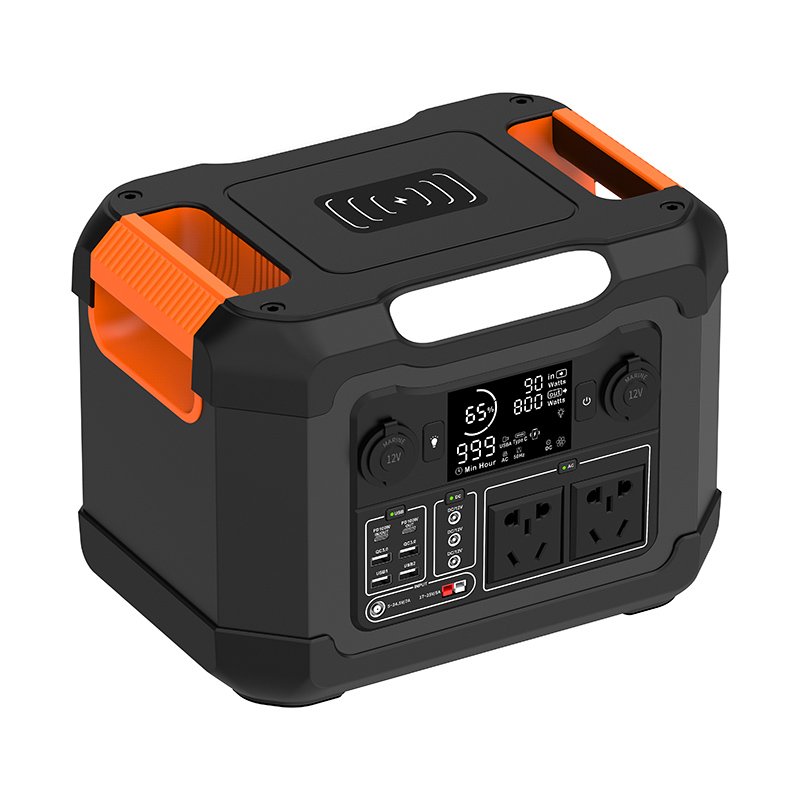The Art of Recharging: Understanding the Recharge Time of a Portable Power Station
2024-05-22
When it comes to portable power stations, recharge time is a crucial factor that determines their overall usability and convenience. The ability to replenish the energy stored in these devices efficiently is essential for maintaining their performance and extending their operational life. Let's delve into the intricacies of recharging a portable power station and discuss the various factors that influence its recharge time.
Factors Influencing Recharge Time
Capacity of the Power Station: The recharge time of a portable power station is directly proportional to its capacity. Larger capacity power stations require more time to recharge as they store more energy. Conversely, smaller capacity power stations recharge faster.
Type of Charger: The type of charger you use to recharge your power station significantly impacts its recharge time. Fast chargers or high-output chargers can replenish the energy in a shorter time, while standard chargers take longer.
Input Voltage and Current: The input voltage and current rating of your charger determine the recharge speed. Chargers with higher voltage and current ratings can recharge the power station faster.
Battery Type: Different battery types have different charging characteristics. Lithium-ion batteries, which are commonly used in portable power stations, tend to recharge faster compared to other battery types.
Estimating Recharge Time
Estimating the recharge time of a portable power station can be challenging as it depends on several variables. However, most power station manufacturers provide an approximate recharge time in their specifications or manuals. This estimate is usually based on using a standard charger with a certain input voltage and current rating.
Tips for Faster Recharging
Use a Fast Charger: Investing in a fast charger can significantly reduce the recharge time of your portable power station. Look for chargers with higher voltage and current ratings that are compatible with your power station.
Charge in Optimal Conditions: Charging your power station in optimal conditions, such as a cool and ventilated environment, can help improve the recharge speed. Avoid charging in extreme temperatures or with limited ventilation, which can slow down the charging process.
Monitor the Charge Level: Keep track of the charge level of your power station to ensure it's not overcharged. Overcharging can damage the battery and reduce its overall lifespan.
In conclusion, the recharge time of a portable power station depends on various factors, including its capacity, the type of charger used, input voltage and current, and the battery type. By understanding these factors and following best practices for charging, you can ensure that your power station recharges efficiently and remains ready for use whenever you need it.



